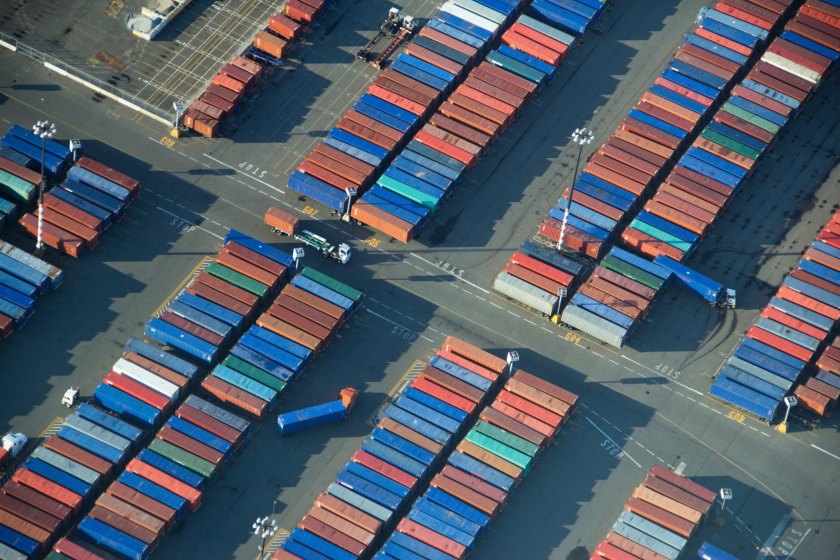
Competition among major pork exporters has intensified, with the competitive landscape continuing to shift in the coming years, according to a Rabobank report.
Low-cost producers like Brazil and the US will likely be at an advantage, while Europe’s position is expected to weaken as market and regulatory requirements concerning animal welfare and sustainability increase.
Countries adopting effective disease-mitigation strategies may secure a competitive edge, the report says, as disease pressure looms over the pig sector.
Meanwhile, global pork consumption is poised for growth until 2030, creating ongoing opportunities for global pork trade.
Disease-related challenges are expected to endure in the pork industry, though the impact will be contingent on trade policies and the success of mitigation efforts.
Rabobank analysts explain that at the moment, some regions are testing innovations like vaccines and gene editing that have the potential to provide a competitive advantage to some producers.
Eva Gocsik, senior analyst at Rabobank, said: “African swine fever (ASF) continues to impact importing countries in Asia directly and European exporters indirectly through trade restrictions, reshaping global trade patterns."
Changes in FX rates, shipping costs, labour costs, and pig production costs are major factors affecting the competitive position of global pork exporters.
Brazil has benefited from recent developments in global markets in this regard, and it’s emerging as a remarkable player, the report says.
"Despite an increase in production costs, Brazil maintains its production cost advantage over European exporters in particular,” notes Gocsik.
In 2022, Brazil captured 24% of Chinese pork imports, solidifying its position as China's second-largest supplier.
The EU-27+UK market is adapting to lower global demand, with 2023 production expected to decline 8% compared to the previous year. Increasing sustainability and animal welfare standards require investments from producers.
Although European pork exports remain significant, they are anticipated to diminish, as production costs are expected to rise.
The US and Canada maintain their status as low-cost pork exporters, driven by affordable feed and access to key markets.
Ongoing consolidation and sustainability initiatives may raise the value of US and Canadian pork over time.
But US and Canadian pork and variety meat exports will remain central to the global pork trade, particularly within the North American trade bloc.
China's pork production rebounded to pre-ASF levels in 2022, achieving 95% self-sufficiency. However, trade persists, with China's annual pork imports expected to stabilize around 2.5m to 3m metric tons.
Southeast Asian countries like Vietnam and the Philippines remain crucial importers, Rabobank says, despite their increasing self-sufficiency.
However, competition among exporters is expected to increase as the market gets smaller.
“Despite disruptions, global pork consumption is set to grow through 2030, with a projected 0.7% compound annual growth rate from 2022 to 2030,” explains Gocsik.
Easing inflationary pressures and further recovery from ASF in Southeast Asia and Asia are expected to support consumption recovery in 2024.
In addition, population growth and economic development will drive consumption growth in the longer run in many parts of the world, such as Vietnam, the Philippines, Brazil, Mexico, and China.
The report says that the ongoing decline in consumption in Europe will be offset by growth in other parts of the world.
